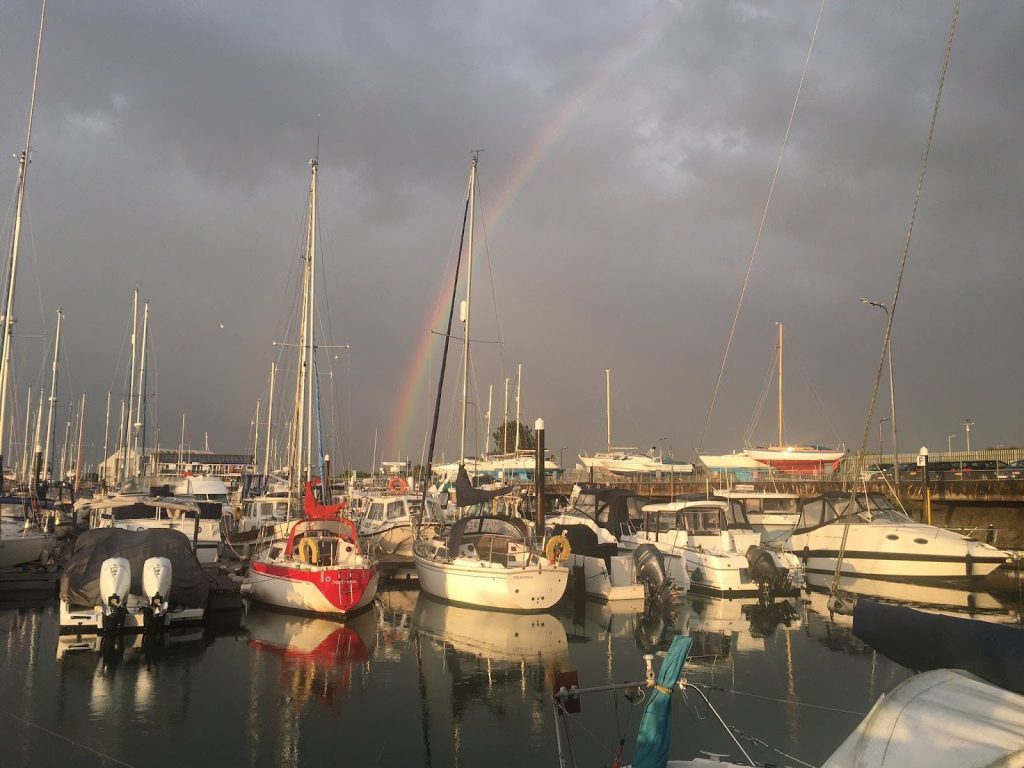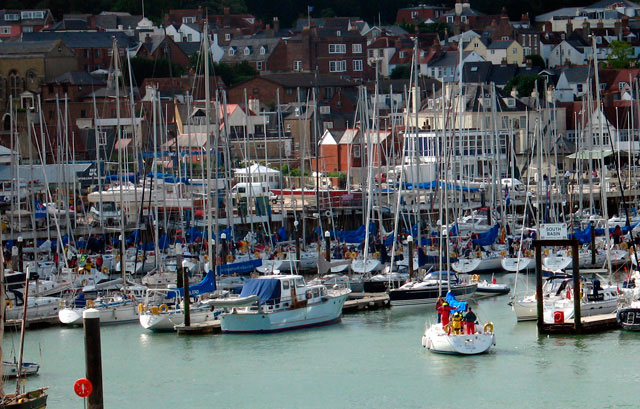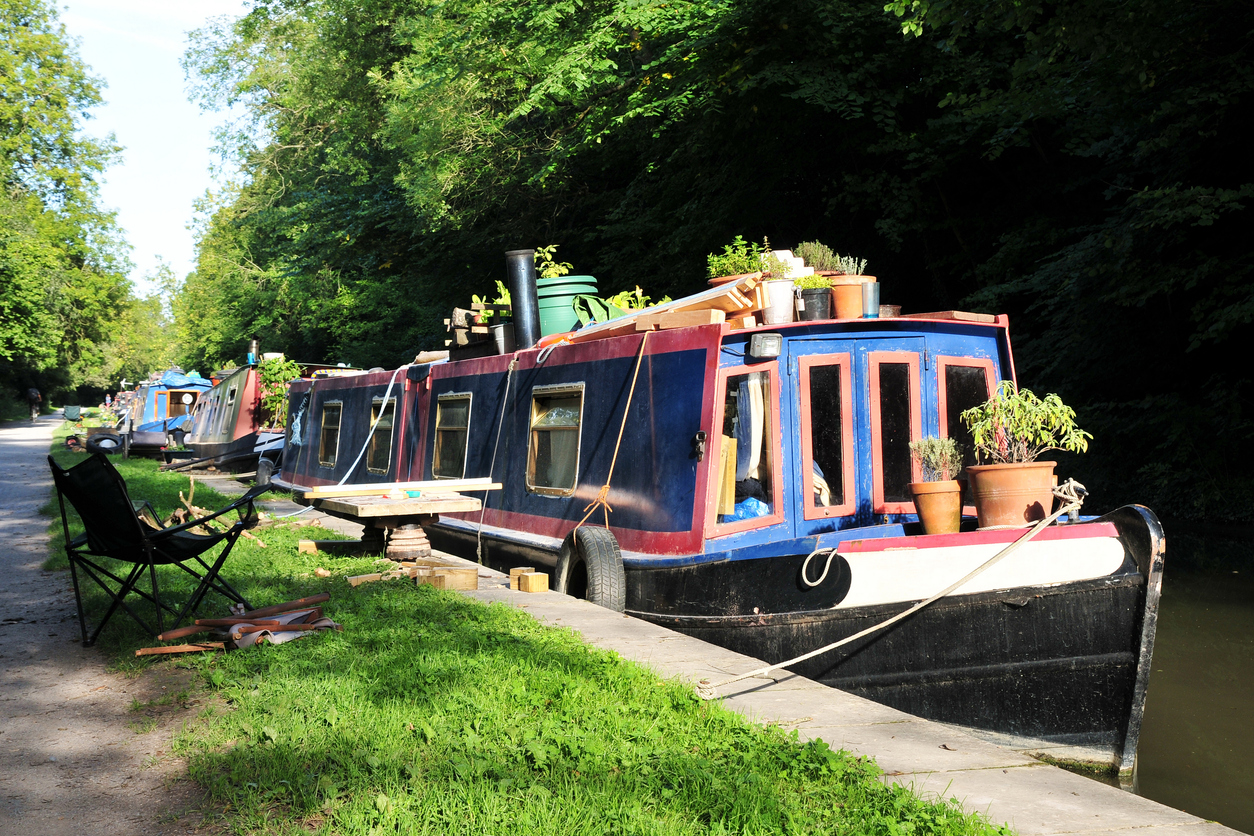There is an old expression used by ancient mariners. “The Anchor holds the chain, the chain holds the ship.”
How does 15kg of anchor hold 2/3 tonnes of boat?
The answer, friction and catenary. The anchor digs into the seabed and secures the end of the chain/warp. The friction and catenary effect of the chain/warp does the actual holding.
To get the maximum hold the anchor must be lowered, ‘hand over hand’ until it touches the bottom, then as the boat reverses, the chain or warp is paid out in a straight line. A pile of chain on the seabed does not exert the same holding power. It can actually ‘foul’ the anchor and allow it to drag.Tricks of the trade
In order to be able to anchor safely there are a couple of useful ratios you need to know.
1) Anchoring with CHAIN a Length to Depth ratio of 3:1 at high tide.
2) Multiplait Nylon WARP - Length to Depth ratio of 6:1 at high tide.

What is the actual maximum depth of water I can anchor in?
The industry standard amount of chain that most boats are supplied with is 30 meters.
You are therefore limited to anchorages of less than 10 meters (at high tide).
There is also a minimum depth to consider. Do you want to float at low tide?
The simplest way to pick a suitable anchorage is by using a chart and some tide tables.
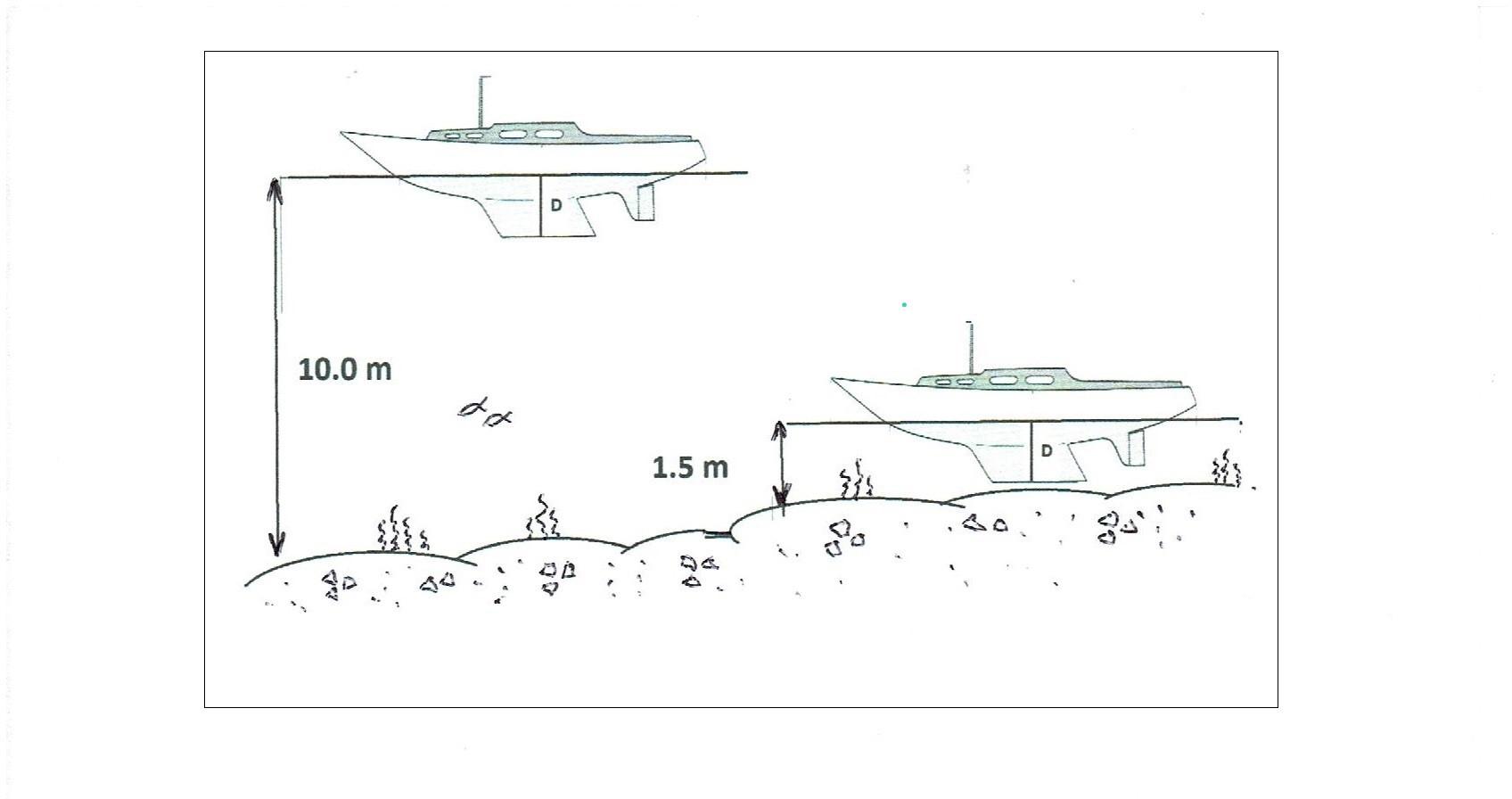
The hydrographer has spent a huge amount of time and money in accurately surveying both the depths of water and the nature of the seabed.
You can pick a spot that will give you the correct depths and select the right anchor for the bottom.
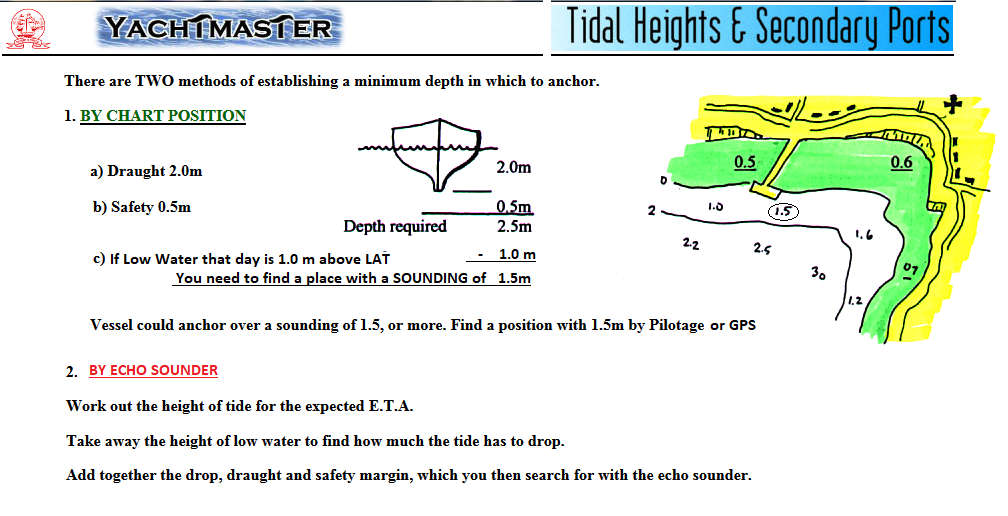
What you need to consider when choosing a suitable anchorage
How do I check if I’m dragging?
There are a couple of methods,
- By visual comparison.
- Take bearings.
- By Echo sounder, set a depth alarm.
- By GPS, note your position and check it regularly.
- Feel the chain, a dragging anchor will transmit vibration up the chain.
Weather… is it going to be settled? Is the wind going to change?
Get a forecast and listen to your VHF/DSC Radio for Coastguard updates on Channel 16.
Do I need to buoy the anchor?
If there is any possibility of snagging rocks, wrecks of other hazards, attach a buoy to the ‘crown’ of the anchor so you can pull if out from an opposing direction, so tripping off any hazard. It is also useful to know where your anchor is. You can motor towards it so taking some of the weight off. The crew can pull up the chain, not the full weight of the boat.
Is there another option, just in case?
Check your chart for other spots with the correct sounding so you could move if required.
Is there enough room to swing around?
If you put out 30 meters, your turning scope will be that, minus the depth of water.
What type of anchor should I use?
It is always good seamanship to carry TWO anchors. Nice to have a spare! It is also good practice to carry two different types to improve your ability to match the anchor to the nature of the seabed or vary your anchoring technique.
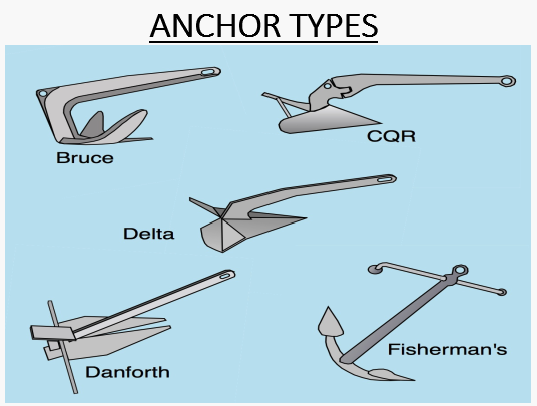
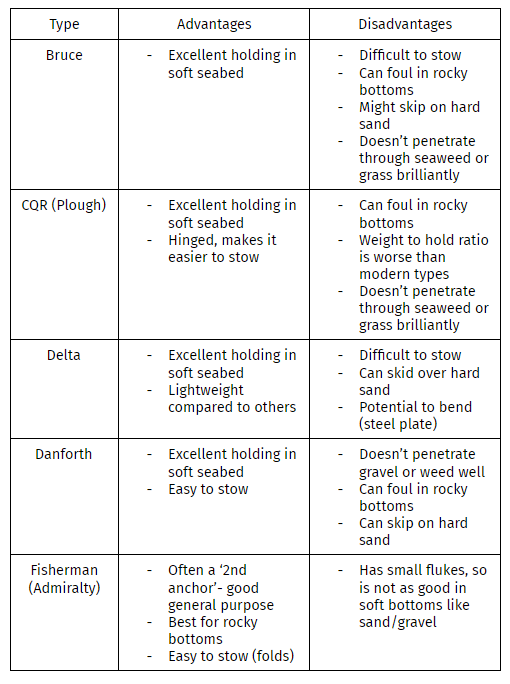
What about WARP rope?
If you decide to use rope/warp instead of chain it is best to use Nylon Multiplait. This will stretch up to 30% of its own length, so will allow some ‘shock absorbing’ in big waves. It is also good seamanship to use 10 meters of chain between the anchor and the multiplait.
Other tips
- Make sure to grease all shackles so you can undo them. Then, ‘mouse them’ using plastic cable ties to stop the pin accidentally undoing.
- Mark your chain/warp every five meters so you can gauge the amount you have put out.
- Don’t be afraid to experiment... in rivers, put out two anchors. One from the bow, the other from the stern. In heavy wind, put out two anchors from the bow at around 45 degrees - Double the anchors, double the safety.
